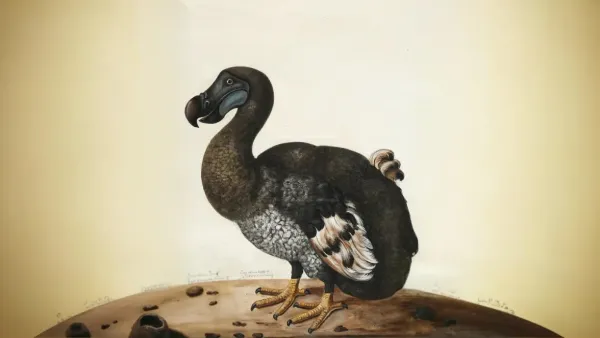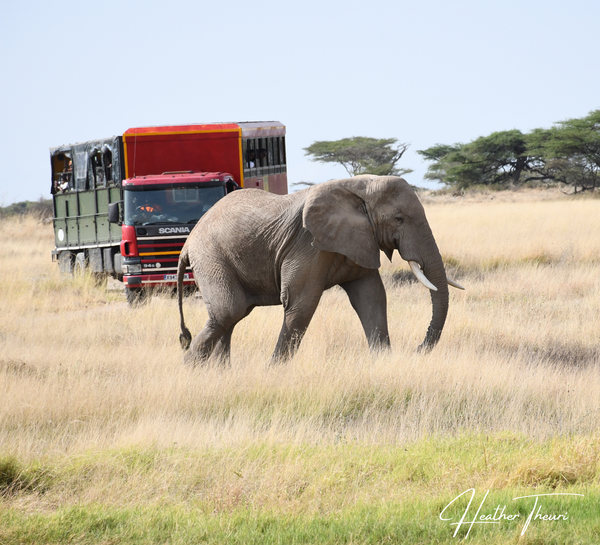Vultures: The Unseen Hero

Can you imagine if the garbage truck in your neighbourhood did not come for a month? The stench alone will have you contemplating whether to relocate.
No one likes the dirty work hence, why pollution is a major contributor to climate change but that’s not today’s focal point. Cleaning up is a dirty job (the irony) but it is essential for our health. One species takes this role very seriously but has gotten such a tainted reputation for it. Vultures. Known as, “Nature’s clean up crew” Vultures have received such harsh judgement over the years for their carrion eating nature.
Scavengers are generally seen as bottom feeders hence, are not entirely respected and most definitely misrepresented. Vultures are large raptors that primarily feed on carrion. And no, they do not circle an animal about to die. A lot of media portray Vultures circling a “dying” animal ready to feed on them. This is a myth, while Vultures can smell decaying flesh from as far as a mile away, they do not sense death. These birds have an extraordinary sense of sight and smell which helps them locate carrion.
Vultures use thermal currents (columns of rising air) to glide for long periods without needing to flap their wings. This allows them to scout for food using a higher vantage point, they can soar upto heights of 37,100 feet. In fact, the Rüppell's griffon vulture holds the record for the highest flying bird.
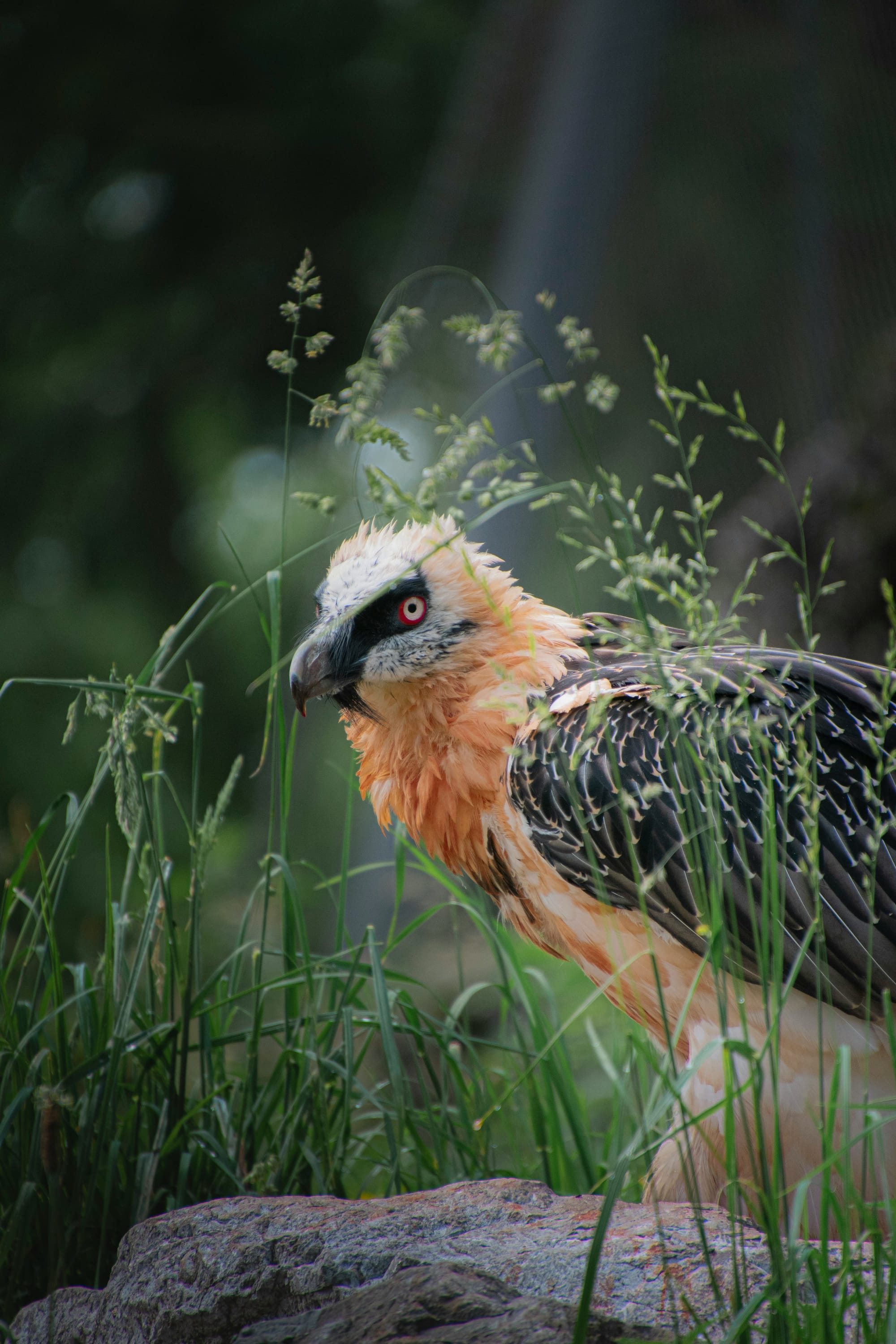
Although very similar, there are 23 different species of Vultures each with their unique appearance and characteristics. We have Bearded Vultures, Black Vultures, Cape Vulture, White headed Vulture, Lappet faced Vulture, Andean condor and the list goes on. All these Vultures scientifically known as Cathartes aura are categorised into two families. The old world Vultures (Accipitridae) and the new world Vultures (Cathartidae).
Vultures can be found all over the world apart from Australia and Antarctica. They are social birds and are often seen in numbers but the collective name given to these birds depends on what they are doing at the time of sighting. Like all birds they are also referred to as a flock but they can also be called a committee, volt and venue while at rest. A group of vultures in flight is called a kettle and when feeding on a carcass they become a wake.
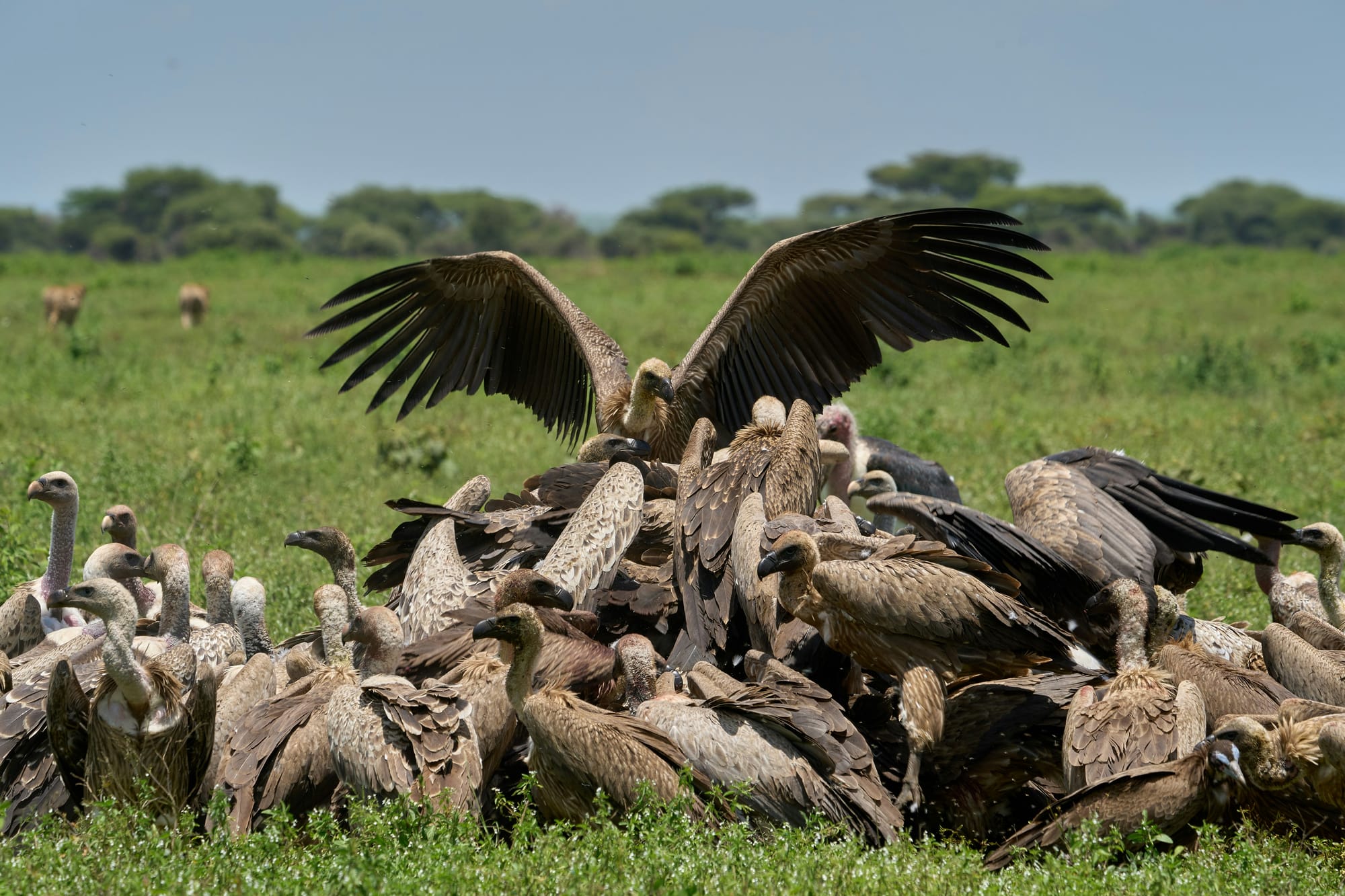
Adding to their fascination, Vultures have highly and I do mean highly acidic stomaches. I mean, if you’re going to feed on carrion you better have the stomach for it right? And indeed they do. They have the most corrosive stomach of all verterbrates helping them to kill any pathogens from the carrion they eat. This ability makes them extremely crucial in the ecosystem as they turn carcasses to bones in minutes.
This may come as a surprise but Vultures have weak feet and legs and may rely on larger scavengers like Hyenas to tear open a carcass for them to join in the party. However, not all Vultures feed on carrion, others like the Palm nut Vulture feed on fruits of different palm trees, dates and grains.
New world Vultures have a rather interesting cooling mechanism known as urohidrosis where these birds urinate on their feet. This helps them to not only cool down but to also disinfect themselves following contact with carrion. By now you're probably thinking this bird has bizarre habits and while I agree, I am not done. Guess what Vultures do when they are threatened? They vomit to lighten their body weight giving them an easier escape. Yup, you read that right!
When researching on Vultures I went from impressed to cringe to straight up shocked. They have very unique characteristics and an even more distinct appearance but one thing is for sure, they are intelligent raptors!
Albeit some peculiar habits, Vultures are extremely crucial to the ecosystem. Their carrion eating diet prevents diseases from spreading, think of them as our very own bomb containment chamber. Ecosystems are healthier because Vultures exist. That said Vulture populations are rapidly declining due to poisoining and poaching. More than half of the 23 vulture species are endangered.
Vulture body parts are used in belief based traditional practices hence they are poached through poisoning to fuel this trade. Always first on scene when an animal dies they end up alerting rangers when an animal has been poached hence poachers lace the carcass to kill them. Collision with power lines and accidents when heading for roadkill are among other threats to the Vulture population.
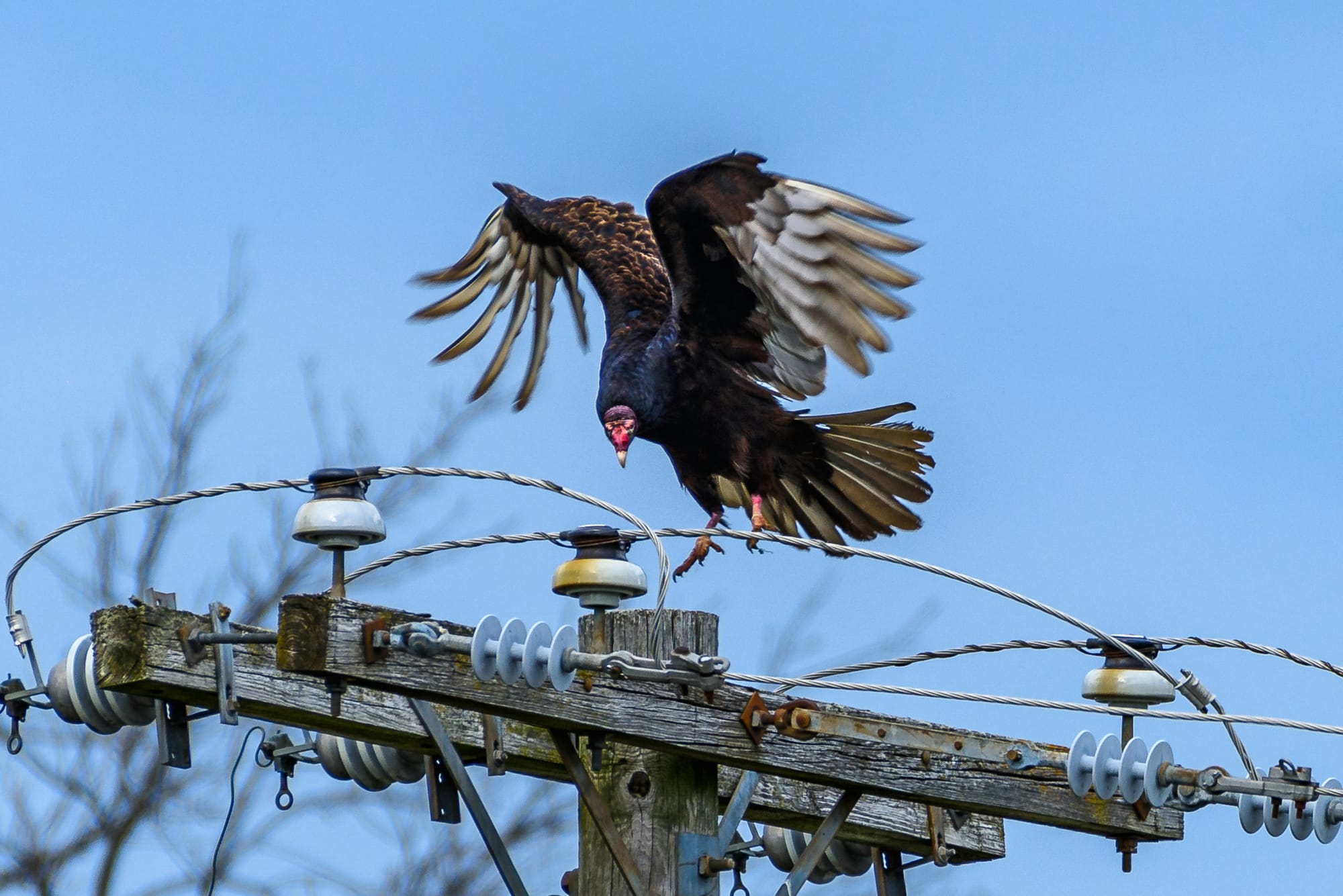
Vultures as we have learnt are absolutely vital for an ecosystem to thrive hence the importance of protecting these raptors. You can read more on individually endangered Vulture species here.
I am hoping I have somewhat encouraged you to look at Vultures with a positive lens, because they really are our first line of defense when it comes to pathogens and spreading disease. A world without these scavengers will have catastrophic repercussions for all.
International Vulture awareness day is on 2nd September, save the date!
*Article Featured on Africa Network For Animal Welfare (ANAW).
Sources:
Bassett, D. (2023). Vultures of the world guide: how many species there are, and why they’re important. www.discoverwildlife.com. https://www.discoverwildlife.com/animal-facts/birds/facts-about-vultures/
Mayntz, M. (2022). 20+ Fun facts about vultures. The Spruce. https://www.thespruce.com/fun-facts-about-vultures-385520
Vultures on the edge of extinction – Restore Species Partnership. (n.d.). https://www.restorespecies.org/poisoning-vultures-on-the-edge-of-extinction-in-africa-and-southeast-asia/



